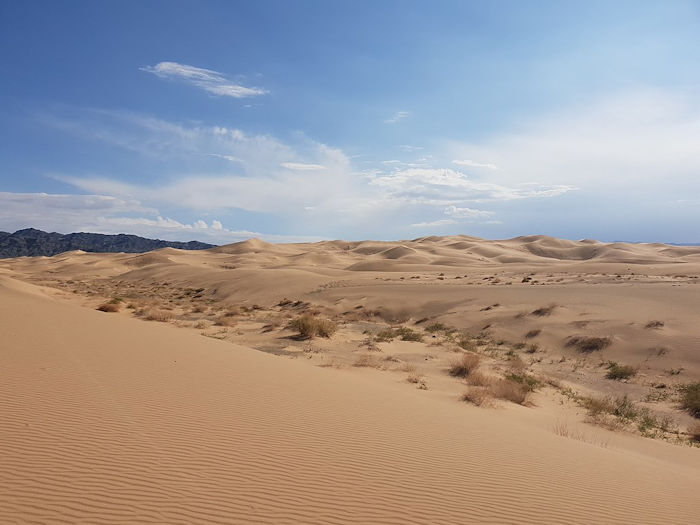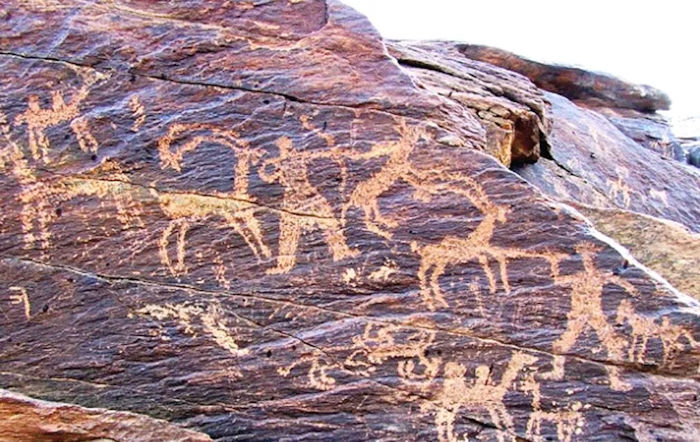Conny Waters – AncientPages.com – Covering an area of 500,000 square miles, the Gobi Desert stretches across huge portions of both Mongolia and China. The Gobi (from Mongolian gobi, meaning “waterless place”) is the world’s sixth-largest desert but this region consists in fact much more of bare rock than sand.

Gobi Desert – Credit: – CC BY 2.0
From an archaeological point of view, the Gobi Desert poses a challenge because it can take many years before something of historical value can be found there. However, an expert specializing in petroglyphs says he has found evidence ancient Turks visited Mongolia.
The official data gathered by international researchers until now show that the first settlement in the Altai region dates back to some 13,000 to 15,000 years ago.
Semih Güneri, a Professor from Dokuz Eylül University, and his team have announced the discovery of cave paintings that have not yet been dated, but the researchers suggest this ancient art was created by Turks.
“We have samples from very early eras. The results may surprise all of us as we know that there were ethnic groups in the area speaking Turkish,” Professor Güneri said.
“The regions where we made archaeological excavations [in the last two years] are rural areas. So we cannot estimate the results of the research for now,” he said. “We recorded what we have found out and will record [as we find more.] We digitalized the pH๏τos we have taken. Now we will make geological datings and find the exact dates of the petroglyphs.”
“According to Güneri, the results can be “astonishing,” as the petroglyphs may be from a time before 15,000 years ago. “Any such result would surprise us and make us happy.”
When asked why it took so long to find these cave paintings, the expert pointed out the harsh conditions of working in a desert.

Are the petroglyphs evidence ancient Turks visited Mongolia? Credit: Hurriyet Daily News
According to Güneri, European researchers have worked in Mongolia but did not go and conduct research in the Gobi Desert,” the Hurriyet Daily News reports.
Professor Güneri says he is confident that more petroglyphs made by the ancient Turkish culture can eventually be uncovered in the desert.
See also: More Archaeology News
“We will unearth them all, then we will pen the results at international scientific articles,” he highlighted.
Unfortunately, he and his team did not specify the time when the geological dating results would emerge or the next time they would visit the Gobi Desert to continue the research.
Written by Conny Waters – AncientPages.com Staff Writer





